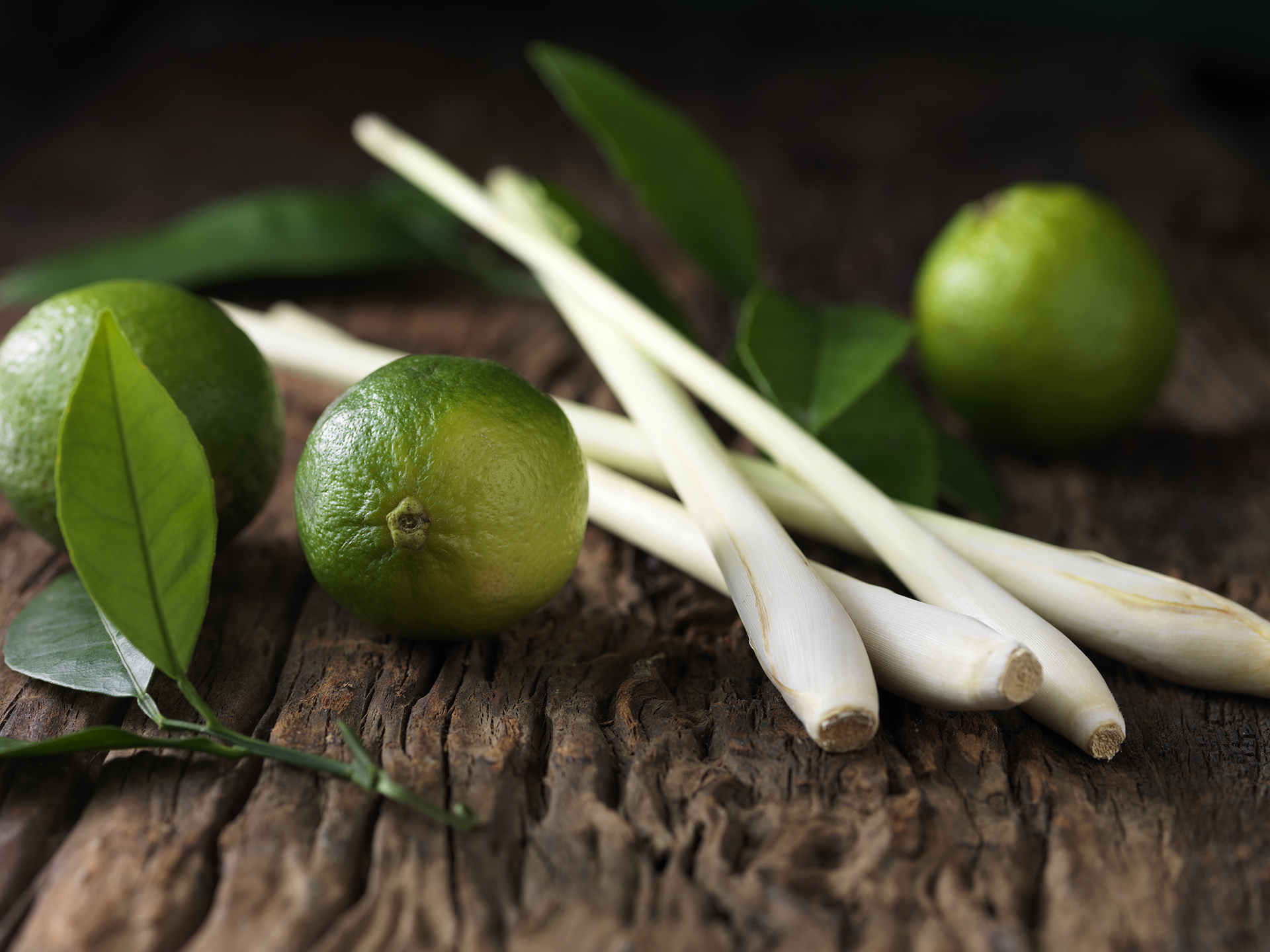How to harvest lemongrass – for delicious leaves and stems
Curious about how to harvest lemongrass – then follow these handy cropping and storage tips


If you love cooking, particularly Thai and Vietnamese cuisine, finding out how to harvest lemongrass can help elevate home cooked dishes to the next level. Gathering fresh leaves or stems and adding them to soups, stir fries and curries will add an authentic and punchy note that has many health boosting benefits too.
It is quick and easy to grow lemongrass. This tall plant with its gently arcing fountain of leaves originates from the tropics, so will thrive in USDA zones 10-11, reliably grow back from the base each year in zone 8 but will perish in frosty conditions. To combat this, lemongrass is best grown outside as an annual or in a container and moved under cover during the colder months.
Laden with citrus oils, this plant is also one of the best wasp repellent plants and fly repellent plants too, so handy to have around your home and al fresco cooking and dining areas. Find out how to harvest lemongrass and you can get the most from your herb garden ideas with this handy guide.
How to harvest lemongrass
Growing up to 2 to 4 feet (60cm-121cm) with a large spreading habit, lemongrass is surprisingly undemanding to grow and simple to harvest.
To do so, twist, snap or cut stalks that are 1/4in thick as close to the base of the plant as possible (this is because the best bits of lemongrass are right at the bottom).
'We pull and break the stalks at the base of the plant near the roots,' says Jackie Sommer, Purple Sage Farms. 'A harvesting knife can be helpful. We recommend wearing long sleeves, gloves, and wearing eye protection as the plants are known to cut and can be tough.’
The team at Johnny Seeds says, ‘Harvest leaf stalks from the outside of the clump to use in cooking or for tea.'
Design expertise in your inbox – from inspiring decorating ideas and beautiful celebrity homes to practical gardening advice and shopping round-ups.
When you have harvested your lemongrass, it's important to peel away the woody outer layers and leaves.
When to harvest lemongrass?
‘The blades of lemongrass can be harvested once the plants get established,’ says Jackie Sommer, Purple Sage Farms. ‘Lemongrass dries very well and the blades will grow back multiple times.
'For lemongrass stalks, harvest towards fall when the stalks are plump and long.'
The team at Johnny Seeds agree, saying: 'Begin picking any time after clumps are well established and growing vigorously.'
How do you harvest lemongrass so it keeps growing?
Rather than pulling up the plant in its entirety, or cutting a whole clump down to the ground in one go, harvest individual stalks from the outer edge of the lemongrass plant, cutting it as near to the ground as possible. This should ensure a continuous crop in growing season. At the end of the season it will die back. Though lemongrass is hardy, it will need to be protected from frost in winter with a good layer of mulch; do that and it will return the following year.
Can you eat the leaves of lemongrass?
The leaves of lemongrass needn't be discarded – you can use fresh or dried leaves to make lemongrass tea. Around a teaspoon full of chopped leaves will give you a tasty cup.
Can I freeze lemongrass?
Lemongrass can be put into a freezer bag or airtight container and refrigerated for two to three weeks or frozen for up to 6 months.

Journalist Jill Morgan has spent over 20 years writing and editing gardening, interior and property features. Titles she has worked on include The English Home, House Beautiful, Ideal Home, Houzz and Modern Gardens and she writes regularly for H&G as a Contributing Editor. Whilst she is a dab hand at renovation projects and DIY, she is happiest when out digging in the garden or planning a new border.